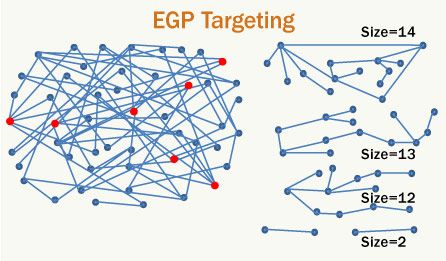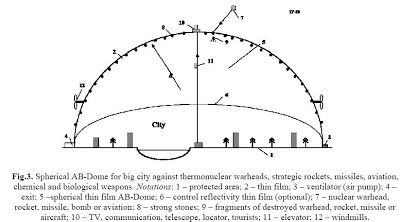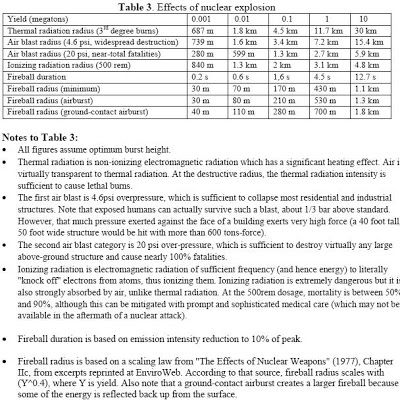[Crossposted from the blog of Starship Reckless]
Views of space travel have grown increasingly pessimistic in the last decade. This is not surprising: SETI still has received no unambiguous requests for more Chuck Berry from its listening posts, NASA is busy re-inventing flywheels and citizens even of first-world countries feel beleaguered in a world that seems increasingly hostile to any but the extraordinarily privileged. Always a weathervane of the present, speculative fiction has been gazing more and more inwardly – either to a hazy gold-tinted past (fantasy, both literally and metaphorically) or to a smoggy rust-colored earthbound future (cyberpunk).
The philosophically inclined are slightly more optimistic. Transhumanists, the new utopians, extol the pleasures of a future when our bodies, particularly our brains/minds, will be optimized (or at least not mind that they’re not optimized) by a combination of bioengineering, neurocognitive manipulation, nanotech and AI. Most transhumanists, especially those with a socially progressive agenda, are as decisively earthbound as cyberpunk authors. They consider space exploration a misguided waste of resources, a potentially dangerous distraction from here-and-now problems – ecological collapse, inequality and poverty, incurable diseases among which transhumanists routinely count aging, not to mention variants of gray goo.
And yet, despite the uncoolness of space exploration, despite NASA’s disastrous holding pattern, there are those of us who still stubbornly dream of going to the stars. We are not starry-eyed romantics. We recognize that the problems associated with spacefaring are formidable (as examined briefly in Making Aliens 1, 2 and 3). But I, at least, think that improving circumstances on earth and exploring space are not mutually exclusive, either philosophically or – perhaps just as importantly – financially. In fact, I consider this a false dilemma. I believe that both sides have a much greater likelihood to implement their plans if they coordinate their efforts, for a very simple reason: the attributes required for successful space exploration are also primary goals of transhumanism.
Consider the ingredients that would make an ideal crewmember of a space expedition: robust physical and mental health, biological and psychological adaptability, longevity, ability to interphase directly with components of the ship. In short, enhancements and augmentations eventually resulting in self-repairing quasi-immortals with extended senses and capabilities – the loose working definition of transhuman.
Coordination of the two movements would give a real, concrete purpose to transhumanism beyond the rather uncompelling objective of giving everyone a semi-infinite life of leisure (without guarantees that either terrestrial resources or the human mental and social framework could accommodate such a shift). It would also turn the journey to the stars into a more hopeful proposition, since it might make it possible that those who started the journey could live to see planetfall.
Whereas spacefaring enthusiasts acknowledge the enormity of the undertaking they propose, most transhumanists take it as an article of faith that their ideas will be realized soon, though the goalposts keep receding into the future. As more soundbite than proof they invoke Moore’s exponential law, equating stodgy silicon with complex, contrary carbon. However, despite such confident optimism, enhancements will be hellishly difficult to implement. This stems from a fundamental that cannot be short-circuited or evaded: no matter how many experiments are performed on mice or even primates, humans have enough unique characteristics that optimization will require people.
Contrary to the usual supposition that the rich will be the first to cross the transhuman threshold, it is virtually certain that the frontline will consist of the desperate and the disenfranchised: the terminally ill, the poor, prisoners and soldiers – the same people who now try new chemotherapy or immunosuppression drugs, donate ova, become surrogate mothers, “agree” to undergo chemical castration or sleep deprivation. Yet another pool of early starfarers will be those whose beliefs require isolation to practice, whether they be Raëlians or fundamentalist monotheists – just as the Puritans had to brave the wilderness and brutal winters of Massachusetts to set up their Shining (though inevitably tarnished) City on the Hill.
So the first generation of humans adjusted to starship living are far likelier to resemble Peter Watts’ marginalized Rifters or Jay Lake’s rabid Armoricans, rather than the universe-striding, empowered citizens of Iain Banks’ Culture. Such methods and outcomes will not reassure anyone, regardless of her/his position on the political spectrum, who considers augmentation hubristic, dehumanizing, or a threat to human identity, equality or morality. The slightly less fraught idea of uploading individuals into (ostensibly) more durable non-carbon frames is not achievable, because minds are inseparable from the neurons that create them. Even if technological advances eventually enable synapse-by synapse reconstructions, the results will be not transfers but copies.
Yet no matter how palatable the methods and outcomes are, it seems to me that changes to humans will be inevitable if we ever want to go beyond the orbit of Pluto within one lifetime. Successful implementation of transhumanist techniques will help overcome the immense distances and inhospitable conditions of the journey. The undertaking will also bring about something that transhumanists – not to mention naysayers – tend to dread as a danger: speciation. Any significant changes to human physiology (whether genetic or epigenetic) will change the thought/emotion processes of those altered, which will in turn modify their cultural responses, including mating preferences and kinship patterns. Furthermore, long space journeys will recreate isolated breeding pools with divergent technology and social mores (as discussed in Making Aliens 4, 5 and 6).
On earth, all “separate but equal” doctrines have wrought untold misery and injustice, whether those segregated are genders in countries practicing Sharia, races in the American or African South, or the underprivileged in any nation that lacks decent health policies, adequate wages and humane laws. Speciation of humanity on earth bids fair to replicate this pattern, with the ancestral species (us) becoming slaves, food, zoo specimens or practice targets to our evolved progeny, Neanderthals to their Cro-Magnons, Eloi to their Morlocks. On the other hand, speciation in space may well be a requirement for success. Generation of variants makes it likelier that at least one of our many future permutations will pass the stringent tests of space travel and alight on another habitable planet.
Despite their honorable intentions and progressive outlook, if the transhumanists insist on first establishing a utopia on earth before approving spacefaring, they will achieve either nothing or a dystopia as bleak as that depicted in Paolo Bacigalupi’s unsparing stories. If they join forces with the space enthusiasts, they stand a chance to bring humanity through the Singularity some of them so fervently predict and expect – except it may be a Plurality of sapiens species and inhabited worlds instead.


